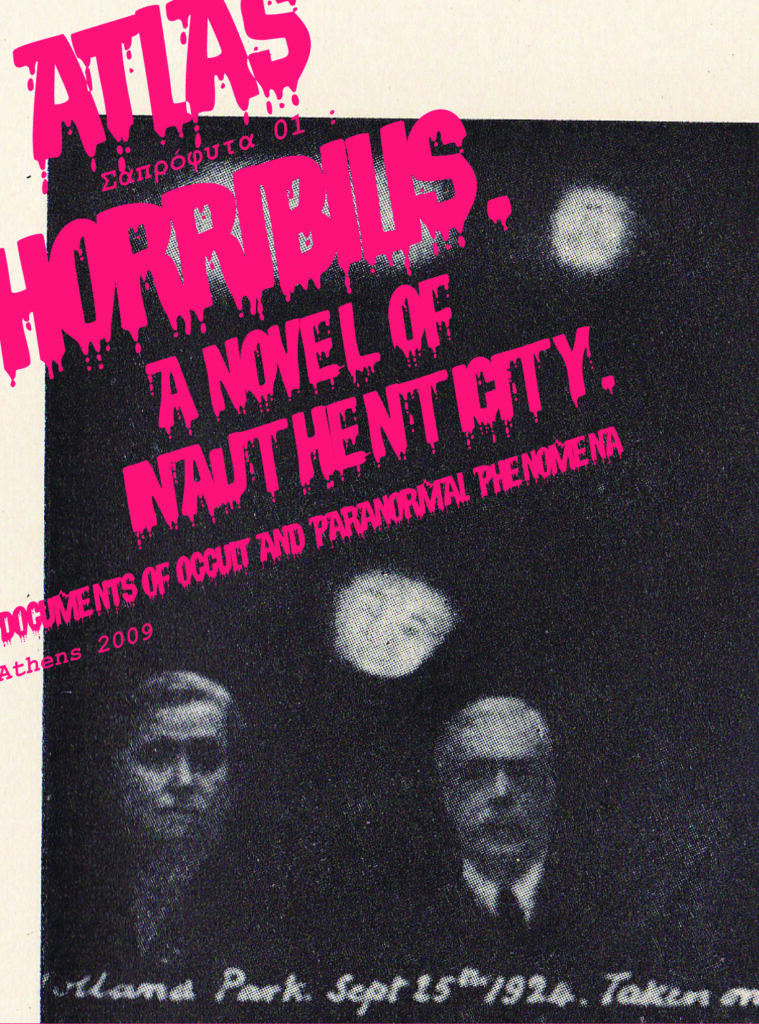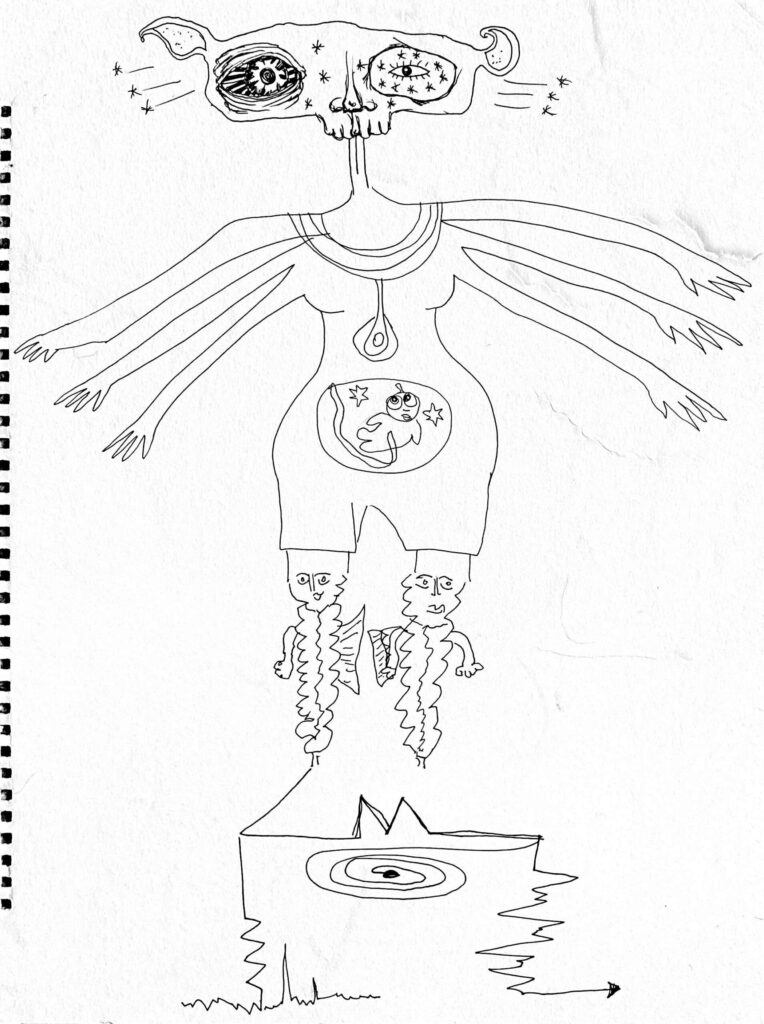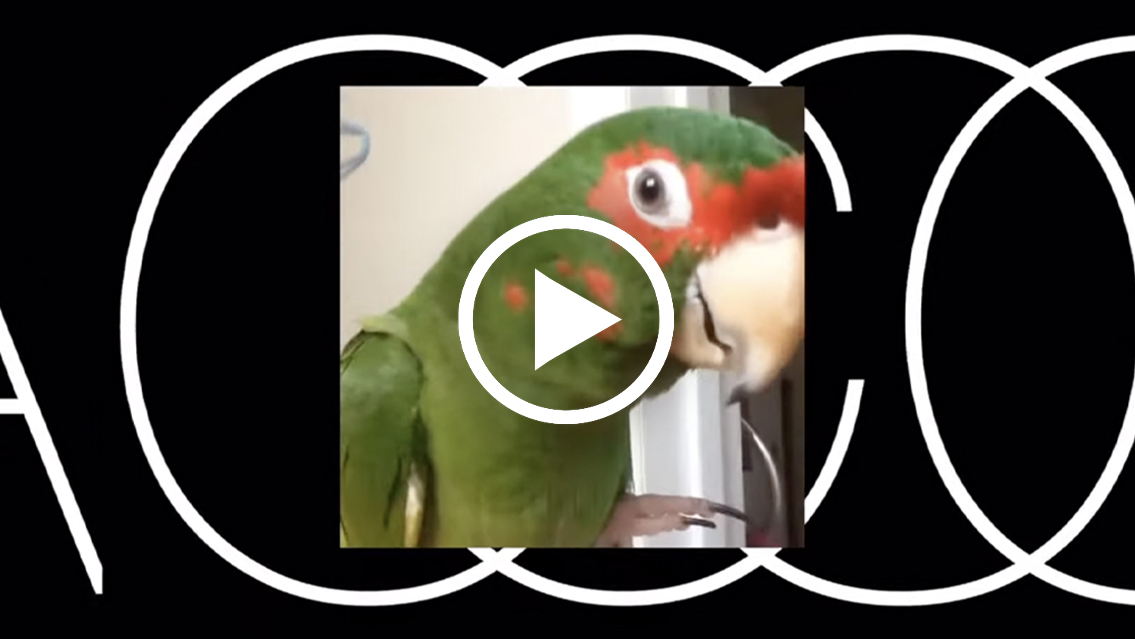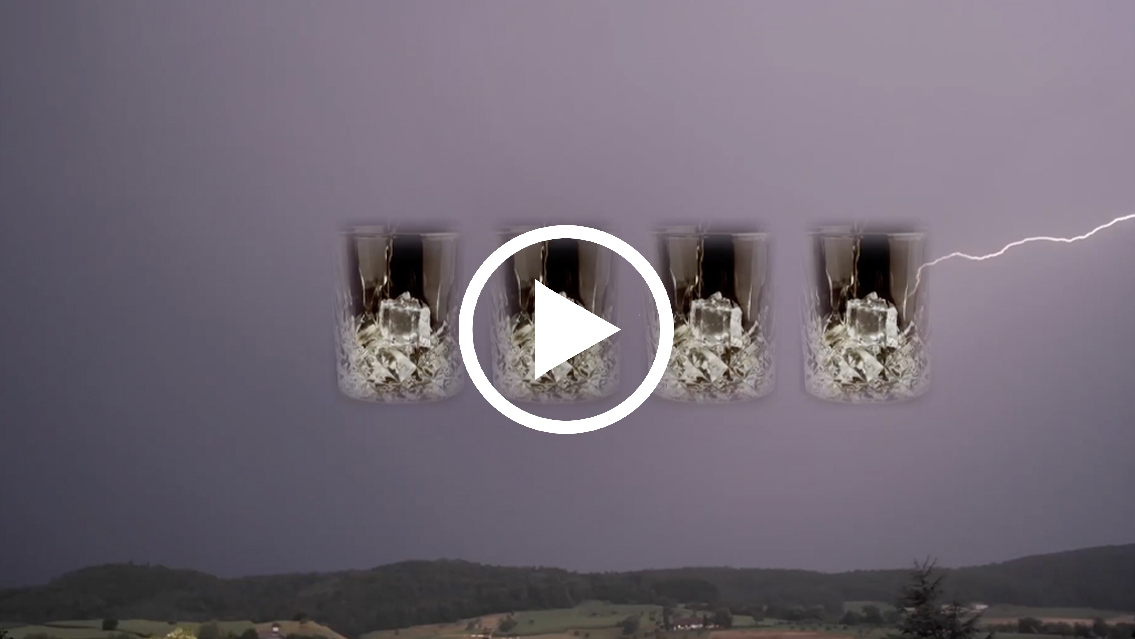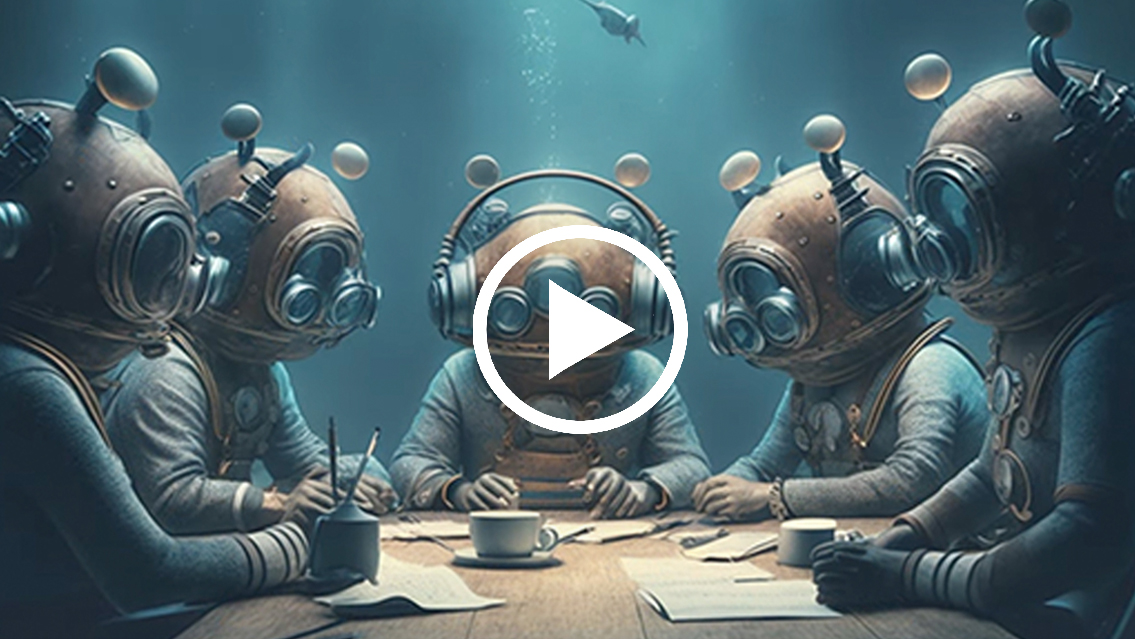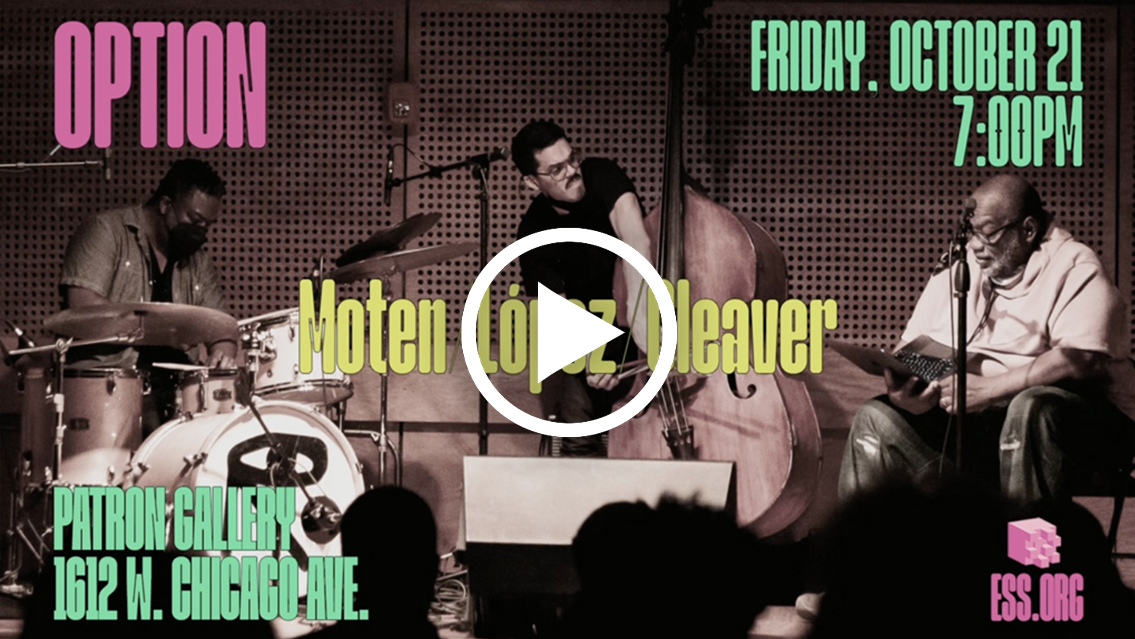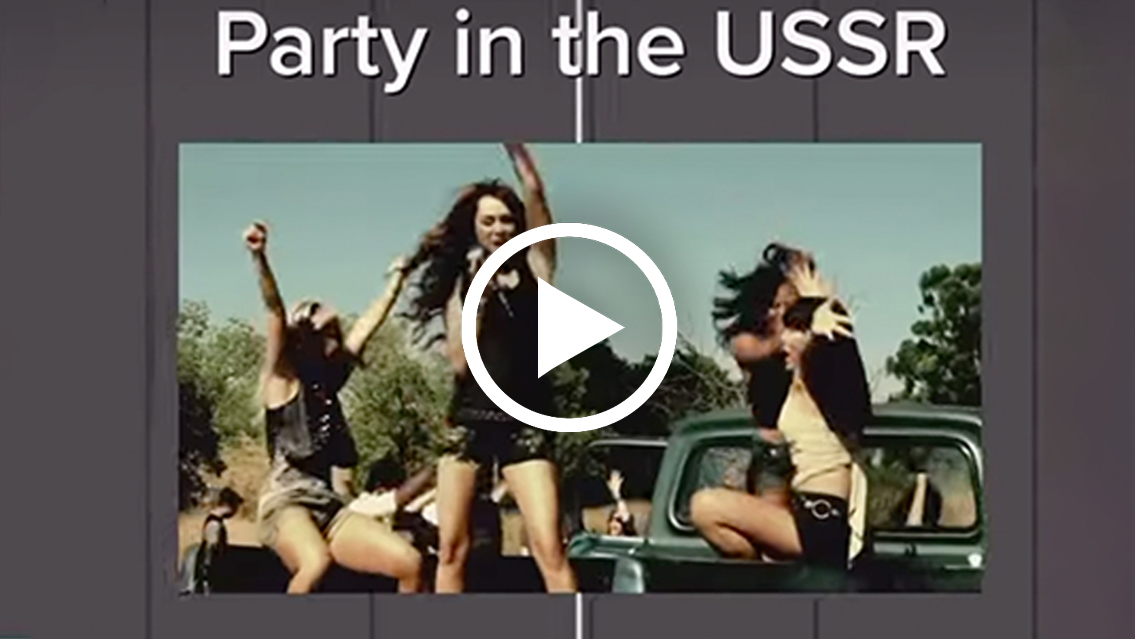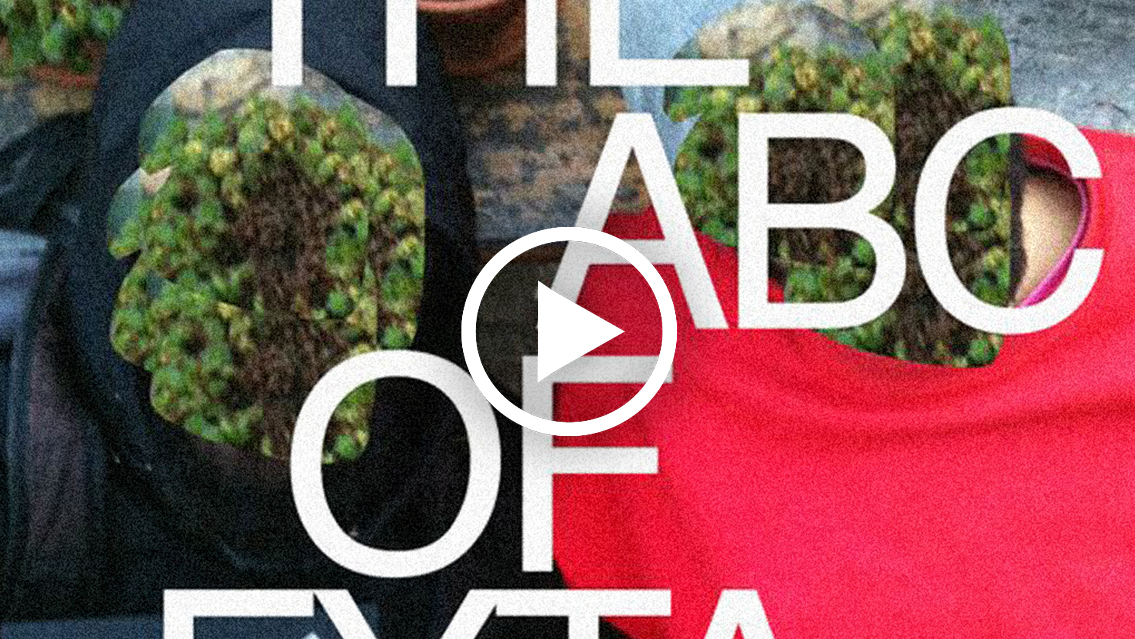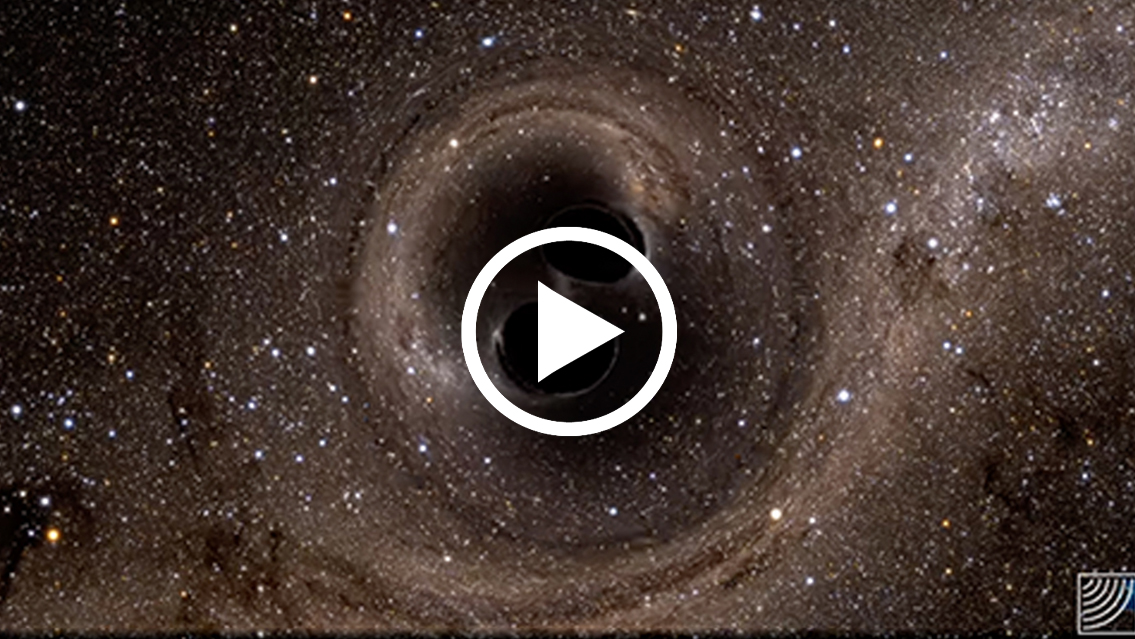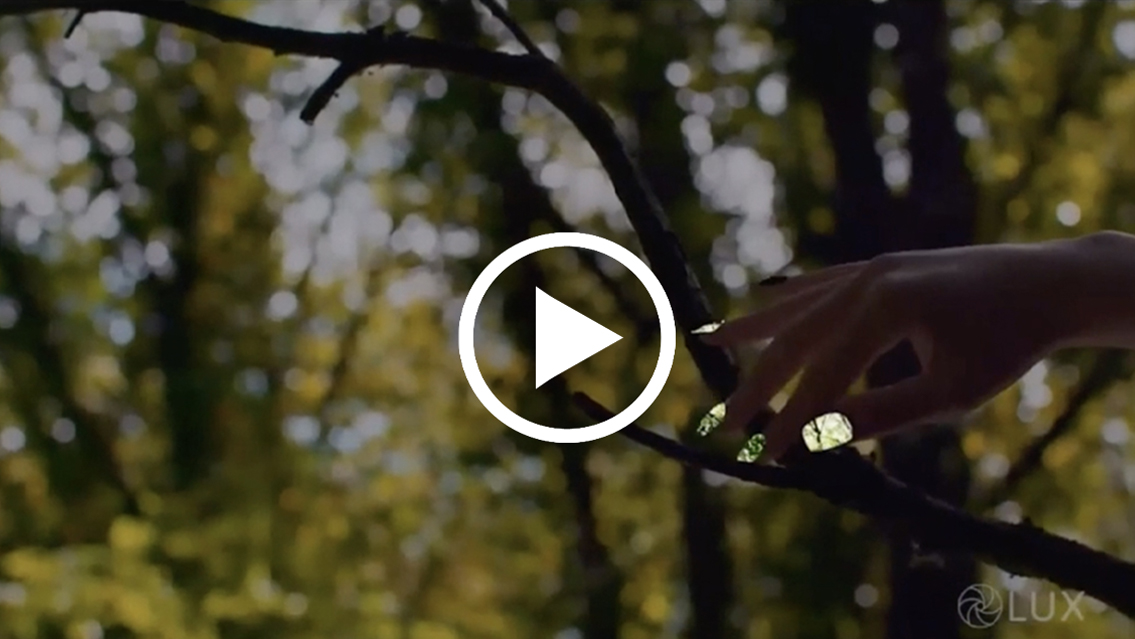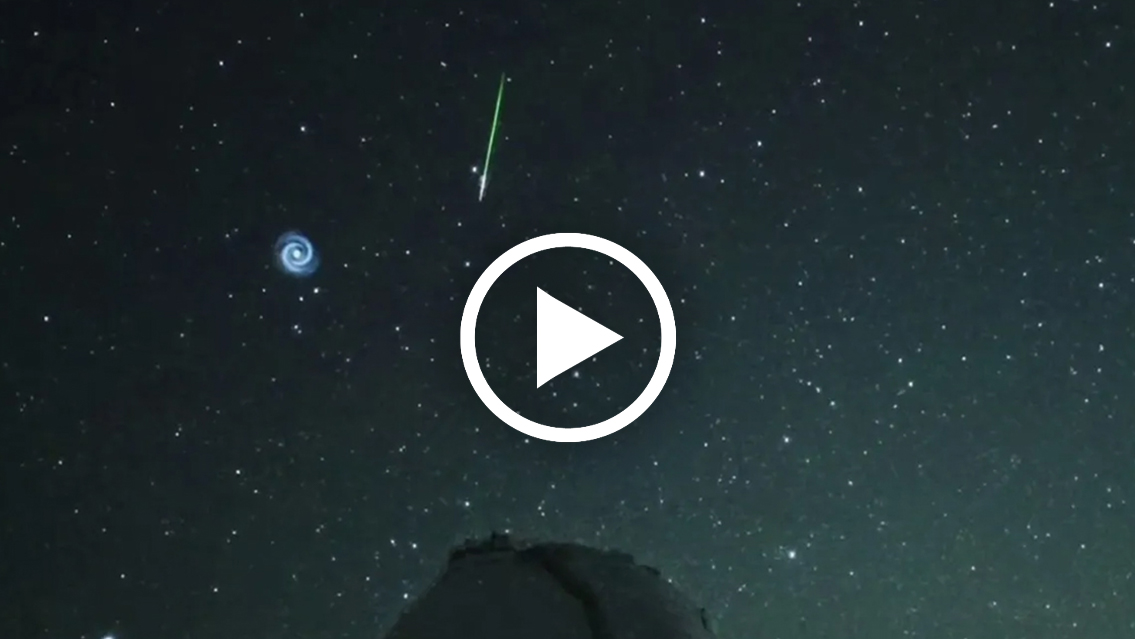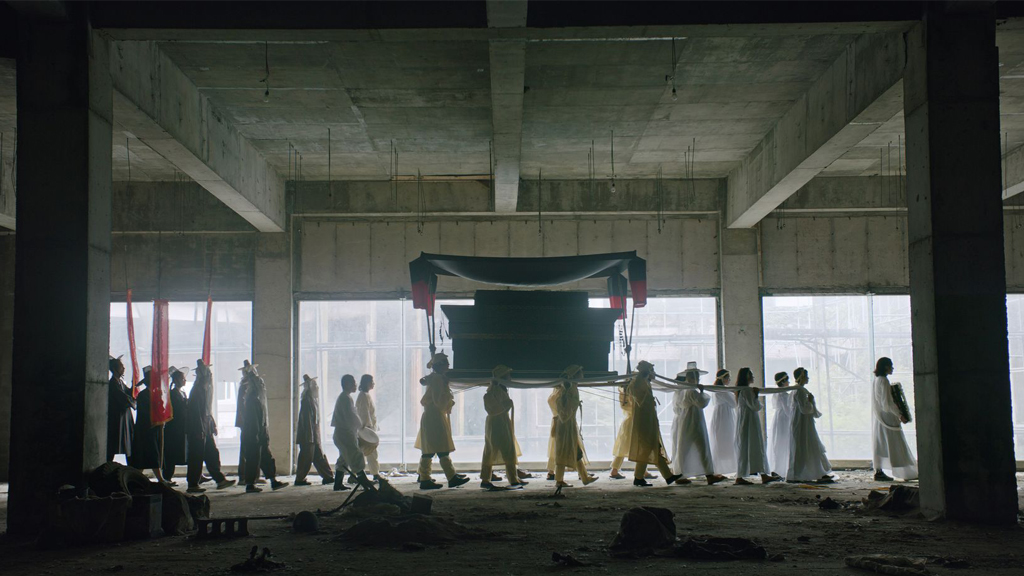(PASS OVERHEAD) Apophenia
“I can feel the heat closing in, feel them out there making their moves…”
The touchstone novel “Naked Lunch” by William S. Burroughs opens with this line that alludes, among other things, to the “episodes, misfortunes, and adventures” that give the novel its plotless, quasi-automatic, sardonically chaotic character.
This notebook acknowledges the heat of disparate moves and convulsive twists that shapes every project’s body, including the one at hand as it crossed the twilight of accumulating disasters and rising biopolitics between 2020 and 2024 and moved into an aftermath as in Franco “Bifo” Berardi’s “Beyond the Breakdown.”
“Is Everybody in? The Ceremony is about to begin” senses what P. B. Preciado has termed Dysphoria Mundi and attunes to various imaginaries, underlying disorders, interrupted messages, undead institutions, as they emerge on the all-knowing and ever-present web.
This notebook senses related life ceremonies and rites of passage by reclaiming the counter-method called Apophenia — the “unmotivated seeing of connections [accompanied by] a specific feeling of abnormal meaningfulness,” aka the perception of patterns within random data.
A “dirty” move that traces connections within the sea of data only to sabotage the consolidation of any plot, mock automated apophenia and circumvent extractivist rituals of data mining & farming, computational image divination, inceptionism; a move that tunes in on patterns of possible resistance and fugitive pedagogies, what algorithms may consider worthless information, noise, anomalies, unpopular episodes.
A consideration of the Hito Steyerl consideration, “Why not slowly withdraw from an undead internet to build a few others next to it?”
- Exhibition formats and cultural events were radically redefined during the pandemic. Project IONOI was initiated by artist Nico Vascellari, then as the quirky intimacy-redefining, performance-recalibrating tour of the band Ninos Du Brasil through Italian households. In their own words: “IONOI is a project by Nico Vascellari which follows the journey of a band throughout Italy, glimpsing on the current status of the country and its inhabitants: it develops in 20 domestic performances, for 20 consecutive days across the 20 Italian regions. After a full year marked by lockdowns and total uncertainty for the entire cultural system, this project investigates on what it will eventually mean a return to normality. The house, a place in which we have been ‘locked’ in, becomes the theater, the museum, the cinema, the club: a space inside of which a new way of thinking and working is needed, proactively and positively. The band Ninos Du Brasil will be on tour from March 26th to April 14th, stopping each day in a different house. The performances will take place within domestic contexts: the only audience being its dwellers, genuinely generating an intimate moment that will completely eliminate the distance between artist and audience, adapting every time to each different situation. The project conceived by Nico Vascellari is based on an extended concept of the performance: IONOI presents itself as a tale of a specific place in a particularly complicated time, during which Italians find themselves participants in a cultural event opening up to them, entering their lives and their homes. The project will culminate in the documentary, directed by Nico Vascellari, co-produced by The Apartment, a Fremantle group company, and Codalunga.”
(IONOI by Nico Vascellari Trailer : https://www.youtube.com/watch?v=zQ3mjmy9jvc) - Music projects realized by philosopher Simon Critchley, with clandestine companions like John Simmons, Brian Eno (conversation on baldness), Liam Gillick, David Bowie, are part of his own cut-up method in search of self, time, prophecies, love, the end, seers that are liars and “the music of it.” In his own words, “I also think that identity is a very fragile affair. It is at best a sequence of episodic blips rather than some grand narrative unity. As David Hume established long ago, our inner life is made up of disconnected bundles of perceptions that lie around like so much dirty laundry in the rooms of our memory. This is perhaps the reason why Brion Gysin’s cut-up technique, where text is seemingly randomly spliced with scissors — and which Bowie famously borrowed from William Burroughs — gets so much closer to reality than any version of naturalism.”
- For poet and Performance Studies scholar Fred Moten, making music is a kind of murmuration, Chris Ofili’s “Blue Rider” paintings, a refusal of completion, a Paul McCartney line — “the movement you need is on your shoulder” — because, according to Moten, “if the movement is on your shoulder it’s because you’re on the shoulders of the movement.”
- As the pandemic moment was replaced by the realization of a variety of long long-Covid19 effects (including the implementation of Chinese techno-totalitarian capitalism, the collapse of state sociomedical care systems, youth depression, the Big Quit, etc.), Russia’s brutal invasion of Ukraine and the Israeli State’s violent war against Palestinian people in Gaza, the ensuing energy wars and geopolitical antagonisms, further exposed the lasting horrors of rapid impoverishment, socio-ecological disaster and rising inequalities across the world.Franco “Bifo” Berardi’s admonition to “ride the dynamic of disaster” , to break hyperconnectivity, to attempt “a psycho-cultural conversion to frugality and friendship.”, met those recent years with a renewed call for action and joyful militancy, with the liberating possibilities offered by pleasure activism.
- Meme culture has been giving us bitter snap-shots of the new chaotic realities and the absurdity of an all-connected and yet wildly uneven lifestyle.
- Podcasts thrived. This notebook links to the outrageous series created by FYTA:”26 thematic shows, one for every letter of the English alphabet. Each show introduces concepts, philosophers, poets and music projects whose name starts from each specific letter.” Maybe letter C for ceremony?
- In this post-pandemic reassembling, the Degrowth alternative (re)entered mainstream debates. The transformational tactics suggested seem to offer today a potent visualizing of the ends of growth and a meaningful addition to post-capitalist imaginaries of radical solidarity. Art could perform the Ed Roberson line “What’s on you lifts you up,” resonate the pleasure involved, and find ways to make this “De-” less scary.
- The merging of two black holes, captured through the first direct observation of gravitational waves or ripples in space by LIGO, emitted 36 septillion yottawatts of power. Every work of art that ever intuited the liquidity of space was vindicated. The pluriverse is nothing short of real and there is the reel-to-reel imaging to prove it.
- Collective platforms like those of The Invisible Committee, the Imaginary Party, Black Quantum Futurism, craft a new vocabulary of insurrectionary politics that resonates through opacity and permanent fugitivity vis-à-vis constant surveillance and efforts to ever “grasp” the word as an image. The Otolith Group creatively adopted the Caltech video simulation of the colliding black holes in INFINITY minus Infinity (2019), a speculative documentary that captures the complex movement of historical futurism and, operating “in the time-space of those two black holes,” opens a series of portals that, as per T. J. Demos, “reveal a not-yet of radical disruption from a history that must be obliterated but never forgotten.”
- Outer Space has recently been turned into the new arena of capitalist antagonisms, the 21st-century playground of libertarian entrepreneurialism. Corporations (like Blue Origin, Virgin Galactic, Space X, Digital Sky Technologies, and others) are merging myths of origin, narratives of neocolonial futurism and ecomodernist manifestos, only to extend property claims and resource mining beyond Earth. Meanwhile, media feeds provide people with starry-eyed fantasies, popularized through diagrams and soft-science.
- The relationship between cosmology and aesthetics needs to be rethought. “All around us we encounter the undead institutions that structure systemic inequality, border regimes, and subject forms. To make different futures possible, this undead — which violently resists change in its refusal to die — must be laid to rest.”
“Ceremony (Burial of an Undead World)” proposed to perform this very burial. Curated by Anselm Franke, Elisa Giuliano, Denise Ryner, Claire Tancons, Zairong Xiang, and drawing on the essays “The Ceremony Must be Found” (1984) and “The Ceremony Found” (2015) by philosopher Sylvia Wynter, the HKW project (Oct.–Dec. 2022) successfully challenged the “White mythopoeia” and the ways it served the teleology of capital and constituted “spaces-of-otherness.” Most importantly it meditated on the future role of exhibitions and the historical function of museums in the naturalization of modern origin myths.
)
)
